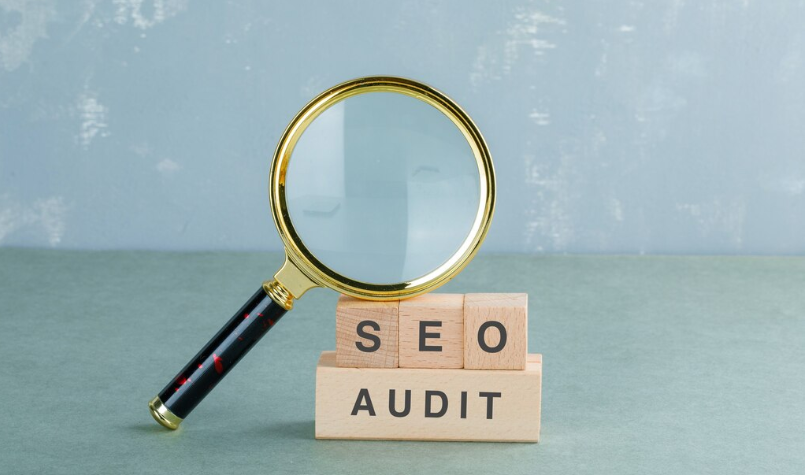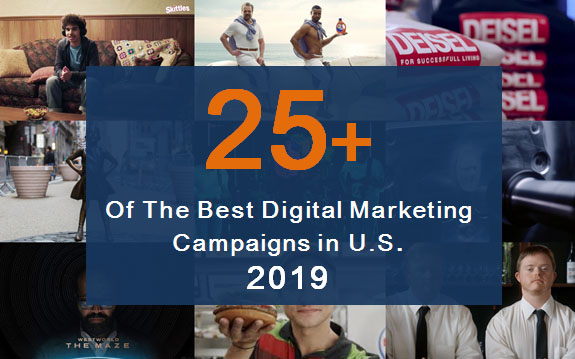From Keywords to Conversions: The SEM Optimization Process
Digital Marketing | Apr 16, 2024
Search engines are incredibly influential. Did you know that 68% of online users start their journey there? That tells us one thing—search engine marketing or SEM is a powerful business tool!
SEM connects businesses and customers. But it isn’t just about making your website more visible in search results. It’s more about strategically reaching the right people, those who are actively looking for what you offer. Targeting them drives high-quality traffic to your site. More importantly, it increases the likelihood of conversions.
However, the search landscape has become more competitive than ever. Optimizing your SEM campaigns is essential to secure those valuable conversions, and that involves understanding how to turn clicks into profitable outcomes. Let’s explore the process below.
Understanding conversions
So, we’ve learned earlier that search marketing focuses more on conversions. Did you know that more than one in three marketers or digital marketing agencies prioritize conversion rates in KPI tracking? That’s why conversion goals are essential. (2)
Conversion goals define the desired actions you wish users to perform after clicking on your advertisement. Do you want them to make a purchase? Maybe you’d like them to join an email list instead? Or do you like them to acquire a document?
Match your goals for SEM with your broader business aims. Are you trying to create leads to pass on to your sales team, increase online sales, or entice more people to download your app? Clearly define your objectives. Doing so ensures your SEM efforts attract the ideal audience. Again, these are the people who are likely to take the desired action.
Now you know what you want customers to do on your website. So, what’s next? Don’t forget to track those actions. You’d want to know how well your SEM campaigns are working. It also gives you an idea of where you can make them better.
Popular ways to track conversions include conversion pixels. These website codes record specific actions. Website analytics platforms are also worth checking out, as they give detailed information on user behavior. These tools basically help you understand how users behave after clicking your ad. They give you data that you can use to improve your campaigns.
Working with search marketing experts can help determine conversion-attracting tactics most suitable for your business. The result? SEM campaigns that deliver the desired results.
The SEM optimization funnel
Let’s now shift our focus to optimizing each step of the conversion process. This funnel-shaped procedure bridges the gap between consumers seeking answers and your brand’s solutions. Here are its components:
Keyword research and targeting
Your potential customers use specific phrases and words when seeking information online. Keyword research allows you to uncover them. Then, you can optimize your content with those keywords. The result? Attracting visitors who are actively looking for businesses like yours.
Various types of keywords should be taken into account:
- Informational keywords: These search terms suggest that the user is gathering information. ‘Top running shoes for newbies’ is a good example.
- Transactional keywords: These search terms indicate a higher probability that the user is ready to buy. They include keywords like ‘Purchase running shoes online.’
Using these specific keywords in your campaign ensures your ads show up when people are looking for related products or services. How to find these keywords? There are different tools and methods you can use. You can try Google Keyword Planner. Performing competitor analysis is also a good idea.

Compelling ad copywriting
After selecting relevant keywords, develop a captivating message that encourages users to engage with your advertisement. Write a compelling ad copy that’s akin to a small billboard in a bustling environment. Ensure the message is unambiguous, to the point, and distinct from rivals in order to capture attention.
To create compelling ad copy, focus on:
- Unique selling points (USPs): Showcase the distinctive features that make your brand stand out.
- Keyword integration: Subtly include relevant keywords to enhance discoverability.
- Call-to-action (CTA): Provide clear instructions to guide users toward the desired action (e.g., purchase, download, etc.).
Landing page optimization
When a user expresses interest by clicking your advertisement, they expect to gain more information. The next crucial step is your landing page. This specialized webpage serves as the destination for users who click your ad and should be meticulously crafted to maximize conversions.
To create a successful landing page, focus on these key steps:
- Align the page’s content and messaging with the ads and keywords that brought users there. Avoid misleading users with unexpected content.
- Design the page to be easy to use and visually pleasing. Users should be able to quickly find information and take desired actions without any hassle.
- Experiment with different versions of page elements, such as headlines and call-to-action buttons. This allows you to determine which versions yield the best results in terms of user conversions.
Refine each step of the SEM optimization process. Doing so effectively guides your campaigns to not only attract website traffic but also drive meaningful and profitable customer actions.
Ongoing campaign optimization
Successful SEM campaigns aren’t one-and-done endeavors. Maximizing conversions and ensuring a solid return on investment (ROI) requires continuous optimization. This entails meticulous tracking of campaign performance and data-informed adjustments to maintain optimal campaign effectiveness.

Performance tracking and analysis
Navigating the online marketing landscape is like sailing the vast ocean. To stay on track, you need reliable navigational tools, just like in the real world. In SEM, these tools are performance metrics that provide essential insights into your campaign’s effectiveness.
Just as a sailor relies on a compass and charts, SEM marketers use metrics like:
- Impressions: The number of times your ad appears on search results pages, indicating how visible it is.
- Clicks: The number of people who interact with your ad by clicking on it, measuring its appeal and relevance.
- Conversion rate: The percentage of those who clicked on your ad and took a desired action, showing how effective your landing page and offer are.
- Cost-per-acquisition (CPA): The average cost of attracting a new customer through your SEM efforts, indicating the efficiency of your campaign.
By monitoring your SEM campaigns’ analytics, you can gather crucial information on their effectiveness. Built-in analytics tools from SEM platforms deliver thorough reports on metrics like conversions and bounce rates. Studying this data pinpoints areas for optimization, aiding in the identification of keywords that aren’t yielding results or landing pages that have high abandonment rates.
Bidding strategies
Did you know that SEM is an auction-based system? Similar to a traditional auction, advertisers compete to have their ads displayed when relevant keywords are searched. That’s why bidding strategies are crucial. They allow you to control how much you’re willing to spend for each ad impression.
So, what’s a bidding strategy? A good example is analyzing performance data and conversion goals. Then, adjust your bids to target the most relevant audience while staying within your budget.
To optimize advertising campaigns, marketers must balance two key aspects:
- Cost-effectiveness: Aiming for the highest conversion rates while minimizing advertising expenses.
- Audience reach: Ensuring that advertisements are visible to a targeted audience that’s likely to be interested in the products or services offered.
Through continuous analysis and adjustments to advertising bids, it’s possible to achieve a delicate equilibrium between these two factors, maximizing both conversions and audience engagement while minimizing unnecessary costs.
Negative keywords
When fishing, you don’t want to catch everything. You only want the type of fish you’re after. In the same way, negative keywords in SEM are like your unwanted fish. They’re words or phrases that you want to exclude to prevent your ads from appearing for searches that aren’t relevant to your campaign. About 95% of keywords only have 10 or below searches per month, so being wary of such makes sense.
Suppose you’re promoting athletic shoes. Consider adding ‘used’ or ‘rental’ as negative keywords. It prevents displaying your ads to individuals looking for secondhand or rented shoes.
By employing negative keywords, you can narrow down your target audience. You can then focus your advertising efforts on individuals with a legitimate interest in purchasing your products.

Conclusion
Simply getting your brand noticed isn’t enough. To drive real financial success, you must ensure that website visitors convert into paying customers. You need SEM optimization for that. By precisely targeting relevant audiences, creating persuasive ad copy, and routinely enhancing your campaigns, you can transform SEM from an expense into a lucrative source of revenue.





